Nampak Zimbabwe has invested US$2.3 million during the half-year period ending 31 March 2025, focusing on expansion projects and bolstering generator capacity at its subsidiary, Megapak, as the group navigates an evolving business landscape marked by operational challenges and shifting market demands.
In a financial update, Group Managing Director Mr John Van Gend said the investment aligns with the company's strategy to enhance operational resilience and future-proof core production facilities, especially in light of frequent power outages.
"The outlook for the group remains promising, with growth prospects in the beverage markets. The group will also continue to sustain high efficiencies, good product quality, and rigorous customer support," said Van Gend.
He added that corrugated packaging is showing encouraging short-term growth potential, buoyed by an increased tobacco crop in 2025, and said the group remains committed to initiatives aimed at improving capacity and boosting operational efficiency.
Meanwhile, Nampak Zimbabwe remains under a cautionary notice following a US$25 million offer by TSL Limited for a 51.43 percent stake in the company. The transaction - between Nampak Southern Africa Holdings Limited and TSL - is still pending the fulfilment of several suspensive conditions, but is anticipated to have a major impact on the local packaging industry once concluded.
The group's Hunyani Paper and Packaging division reported a 30 percent drop in sales volumes compared to the prior period. Van Gend attributed the decline to reduced carry-over volumes from a smaller 2024 tobacco crop, following the previous year's bumper harvest.
He also noted a 25 percent fall in commercial volumes as more clients opt to self-manufacture, reducing reliance on outsourced packaging.
"Management is focusing on cost optimisation initiatives to become more competitive and expand our regional footprint to replace these lost volumes," said Van Gend.
On a positive note, the cartons, labels, and sacks division has begun to show signs of recovery as the business implements a repositioning strategy to regain market share.
Sales in the plastics and metals segment were six percent below the same period last year, primarily due to competitive pressures, a general economic slowdown, and the informalisation of the retail sector, which has disrupted traditional distribution channels.
Power outages in Ruwa further hampered performance, with frequent plant breakdowns undermining production continuity. However, Van Gend confirmed that additional generator capacity has been installed to improve stability and output.
In the group's CarnaudMetalbox unit, total sales volumes dropped five percent, while HDPE plastic volumes rose 10 percent, driven by increased demand. The metals segment, however, saw a significant decline due to raw material shortages and product rationalisation, with closures down 20 percent year-on-year, reflecting weaker market demand.
Despite these headwinds, Van Gend expressed confidence in the company's recovery efforts, noting that ongoing investments and strategic reviews are expected to restore growth momentum and position the business for long-term sustainability.
Nampak Zimbabwe remains one of the country's largest integrated packaging groups, with operations spanning paper, plastics, and metal packaging, serving key sectors such as beverages, agriculture, and fast-moving consumer goods.
- the herald
 Rain reprieve for Sadc region
Rain reprieve for Sadc region  ZEP holders face renewed uncertainty
ZEP holders face renewed uncertainty  India dumps US Treasury bills
India dumps US Treasury bills  ZSE and VFEX recover after weak 1st half
ZSE and VFEX recover after weak 1st half  Gold edges up as traders await guidance
Gold edges up as traders await guidance  Zeco returns to profit on revenue surge
Zeco returns to profit on revenue surge  Young Investment Professional (YIP) Graduate Programme 2019
Young Investment Professional (YIP) Graduate Programme 2019 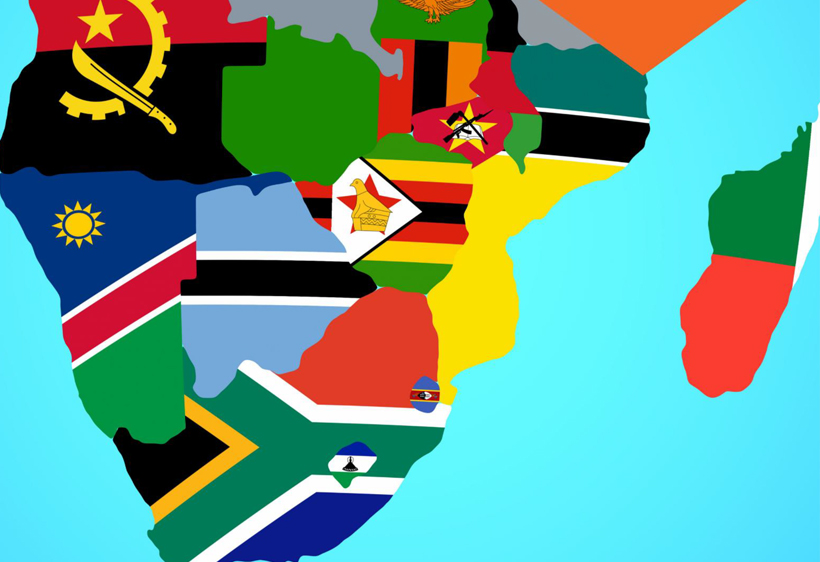
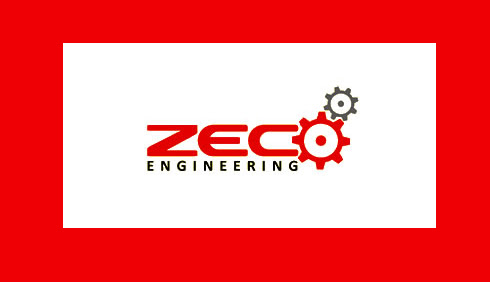
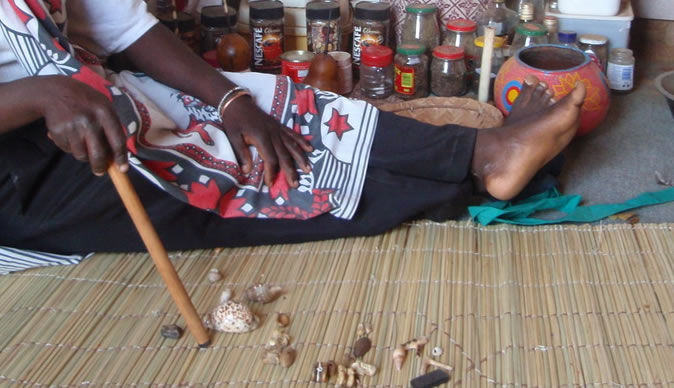

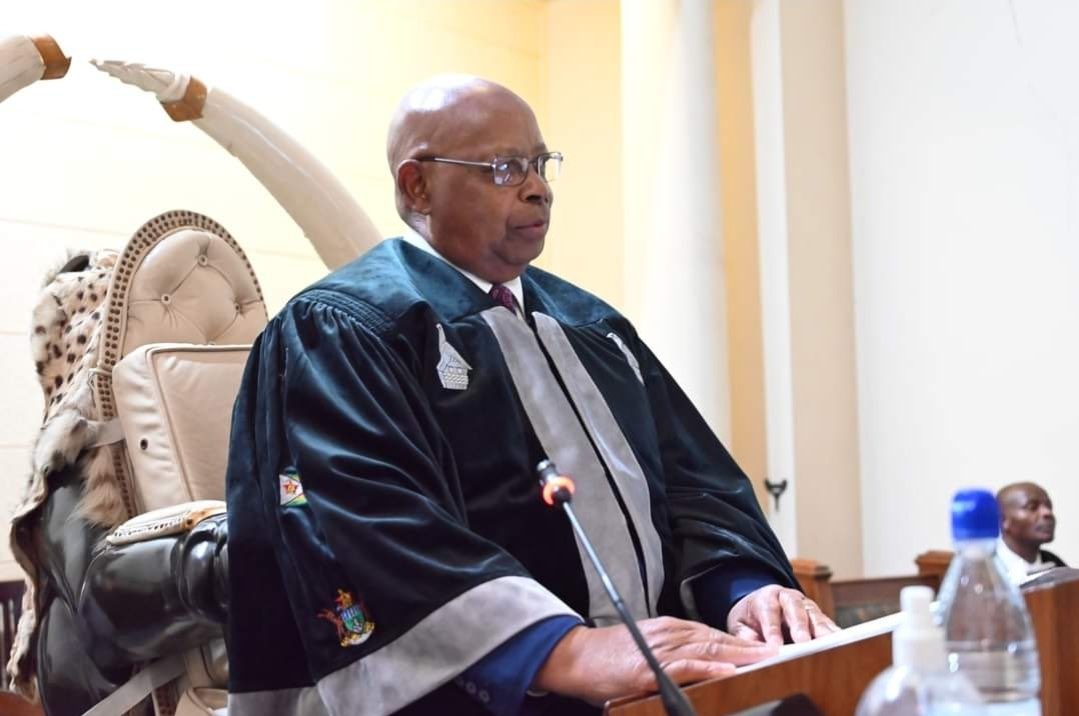
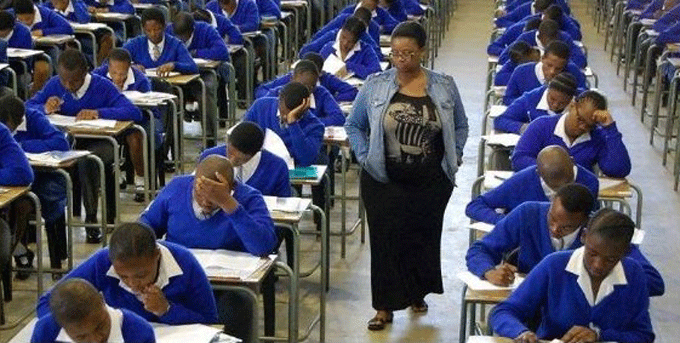
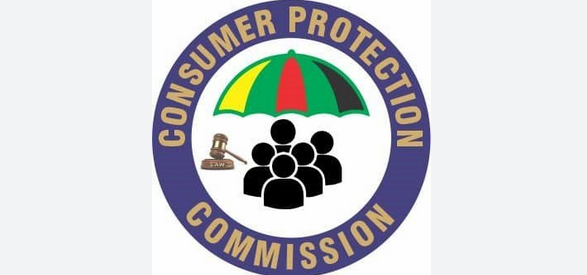

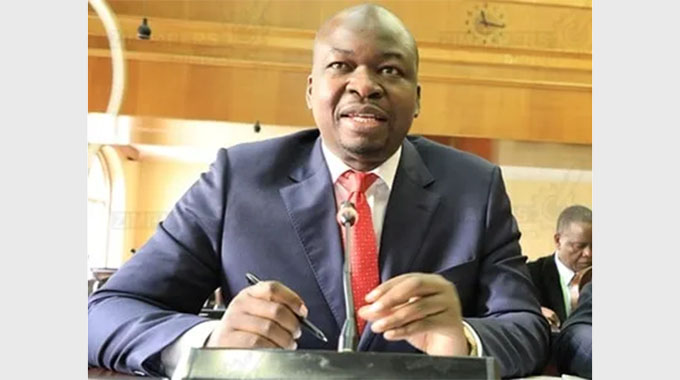
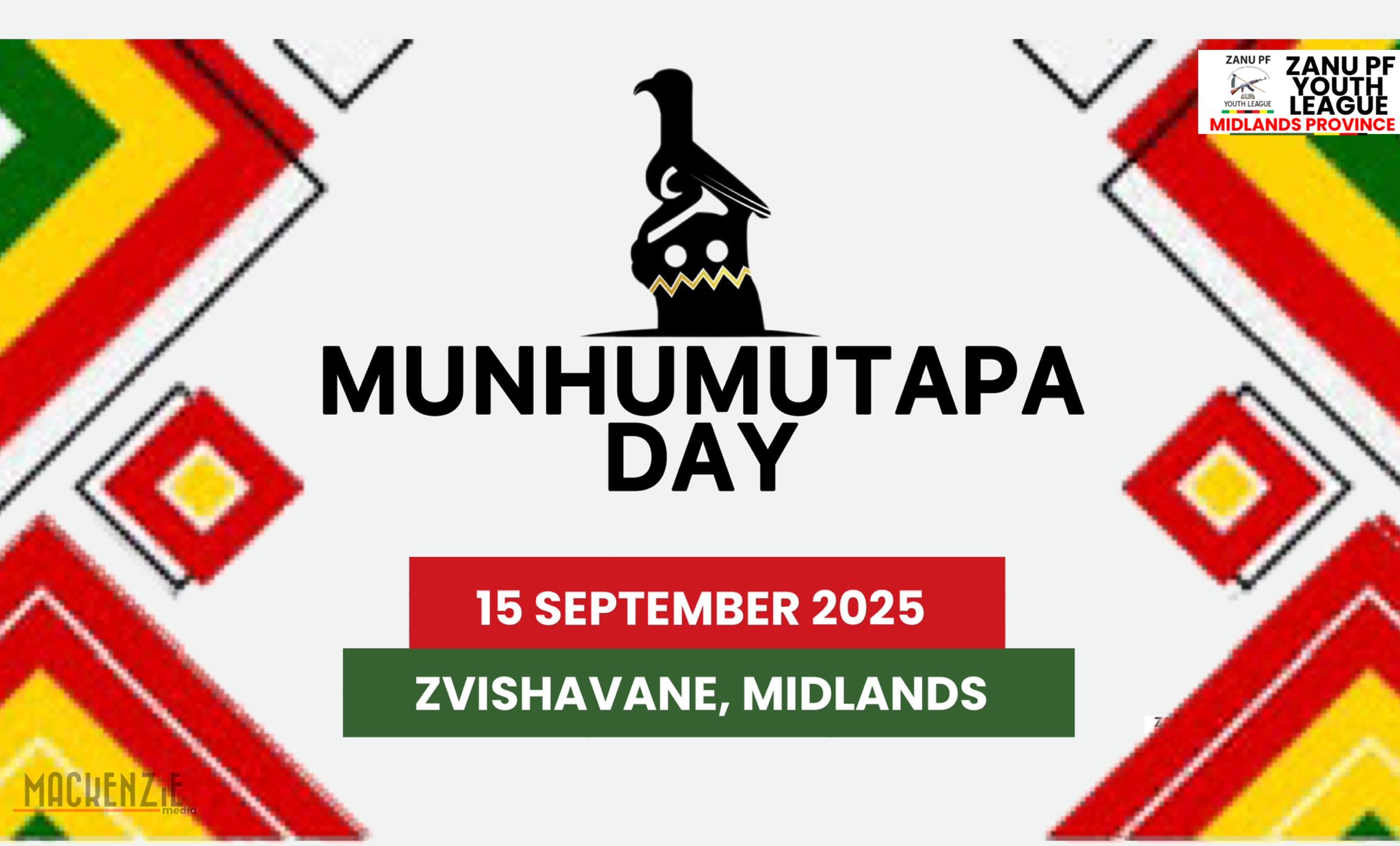

 Young Investment Professional (YIP) Graduate Programme 2019
Young Investment Professional (YIP) Graduate Programme 2019
Editor's Pick